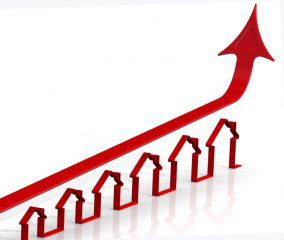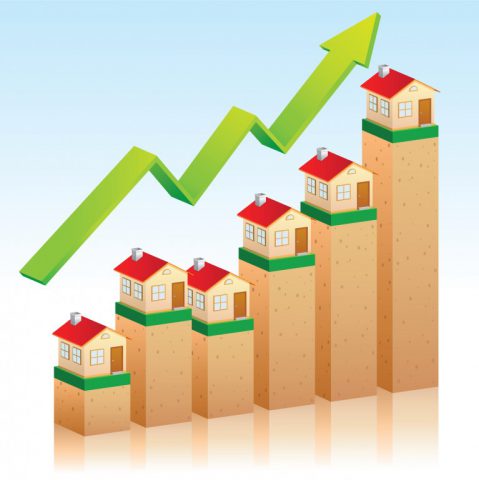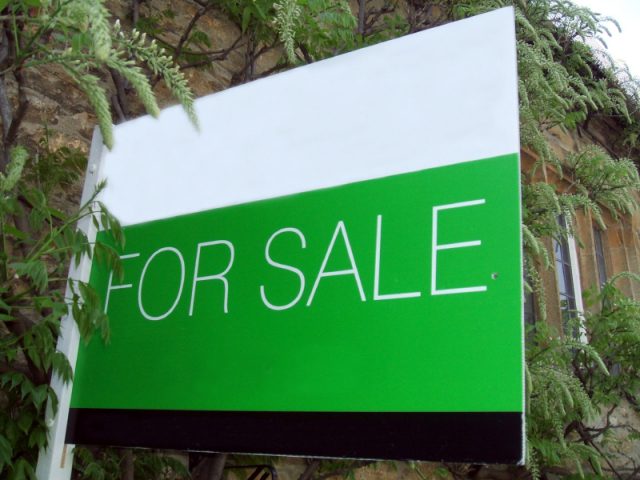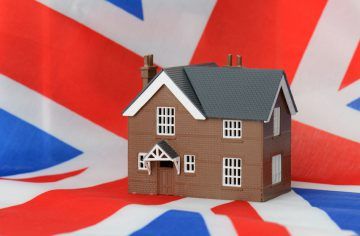Steady Start to the Year for UK House Prices, Reports Nationwide
Figures for January show a steady start to the year for UK house prices, according to the latest House Price Index from Nationwide.
Over the month, the annual rate of growth for UK house prices fell slightly to 4.3%, from 4.5% in December 2016. The monthly increase in January also slowed, from 0.8% to 0.2%.
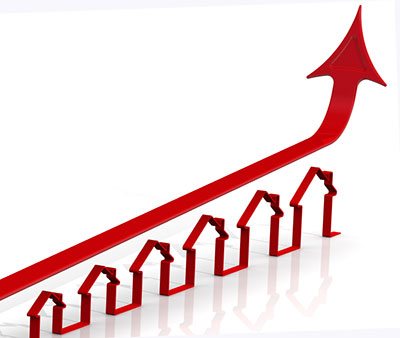
Steady Start to the Year for UK House Prices, Reports Nationwide
Nevertheless, the steady start of the year takes UK house prices to an average of £205,240, from £205,898 in the previous month.
The Chief Economist at Nationwide, Robert Gardner, comments on the report: “The outlook for the housing market remains clouded, reflecting the uncertainty surrounding economic prospects more broadly.
“On the one hand, there are grounds for optimism. The economy has remained far stronger than expected in the wake of the Brexit vote. Recent data indicates that the economy didn’t slow in the second half of 2016 and the unemployment rate remained stable, at an 11-year low in the three months to November.”
Nonetheless, he continues: “However, there are tentative signs that conditions may be about to soften. Employment growth has moderated, and while wage growth has edged up in recent months in real terms (i.e. after adjusting for inflation), earnings growth has already slowed.
“With inflation set to rise further in the months ahead as a result of the weaker pound, real wages are likely to come under further pressure. Employment growth is also likely to continue to moderate, should the economy slow as most forecasters expect.”
He adds: “On balance, we agree with the consensus view that the economy is likely to slow through 2017 as the squeeze on household budgets intensifies and heightened uncertainty weighs on business investment and hiring.
“Nevertheless, we continue to believe that a small rise in house prices of around 2% is more likely than a decline over the course of 2017, since low borrowing costs and the dearth of homes on the market will continue to support prices.”
Following the release of the report on UK house prices, the CEO of online estate agent eMoov.co.uk, Russell Quirk, says: “Today is the first look at house price movement for the New Year, as the market whirs back into life after Christmas and, on the face of it, the overarching stability and market confidence that was seen throughout 2016 seems to have spilt over into 2017.
“It’s fair to say that as far as external influences are concerned, 2017 has already thrown up its fair share of curve balls, particularly across the pond. But the ripple effects of these distance influences are unlikely to reach the UK property market, unless you own a second home in high-end London.”
He goes on: “That said, this year is probably the year we see some form of the knock-on effect from the turbulence of 2016 where price growth is concerned. But this is likely to come in the form of a slower rate of escalation rather than a negative movement.
“Despite this potential marginal slowdown, it is widely predicted that the market will remain robust throughout the coming year, and prices will maintain their upward trend, which certainly seems to be the case based on today’s numbers.”
He concludes: “A New Year and another increase in house prices will provide a positive outlook for UK homeowners in 2017, perhaps not so positive for those still struggling to buy.”
Do you believe UK house prices will continue growing this year?
